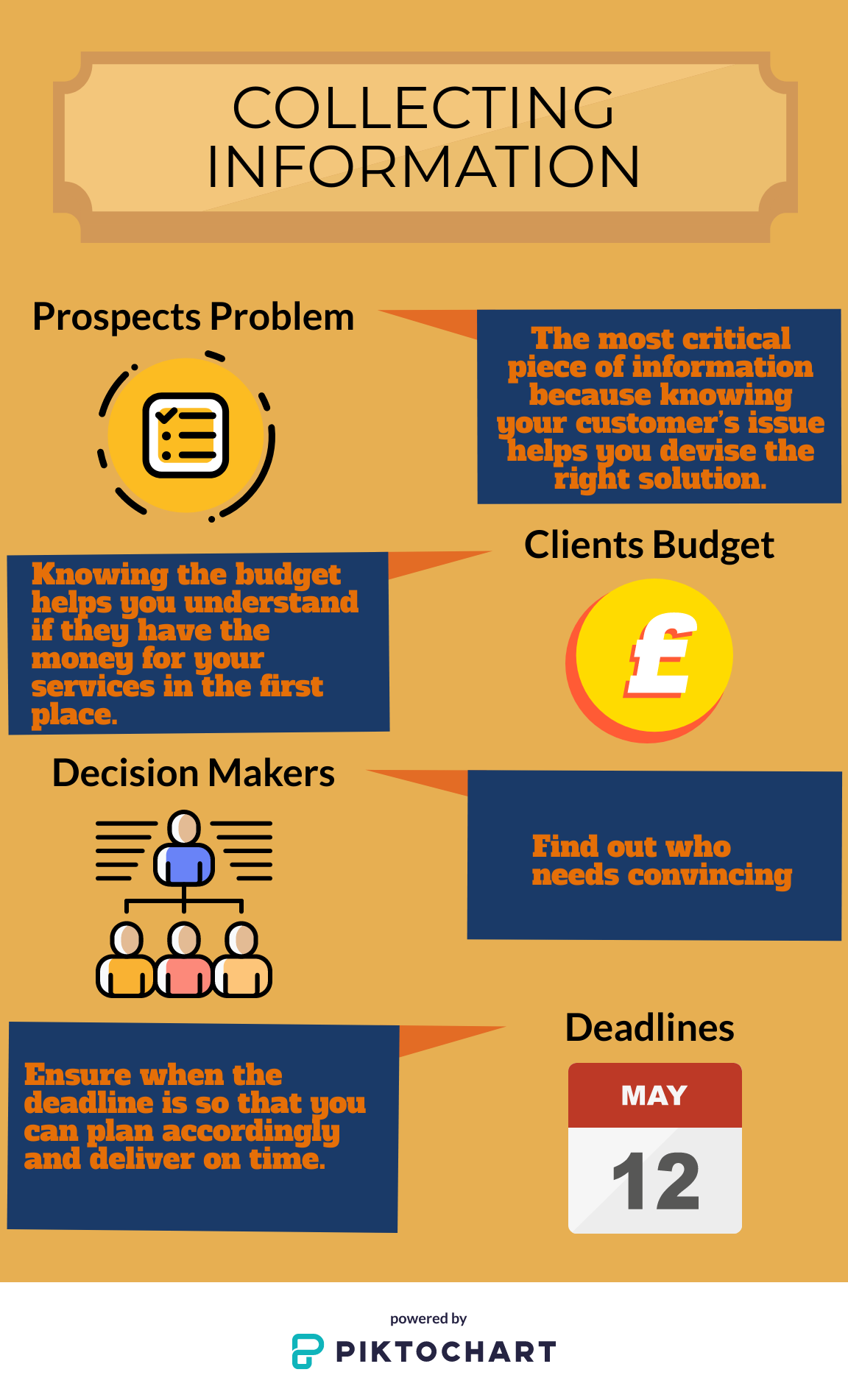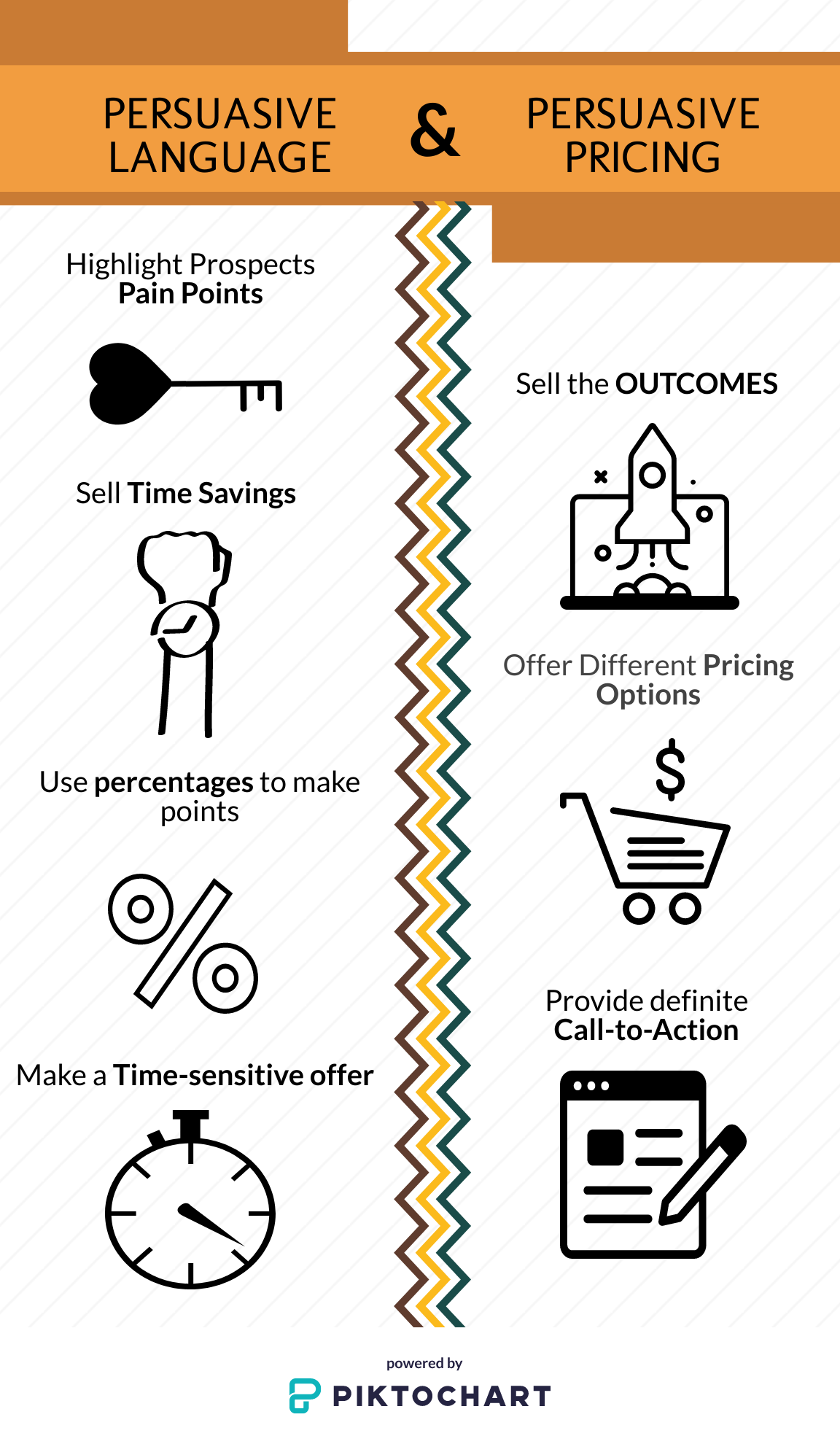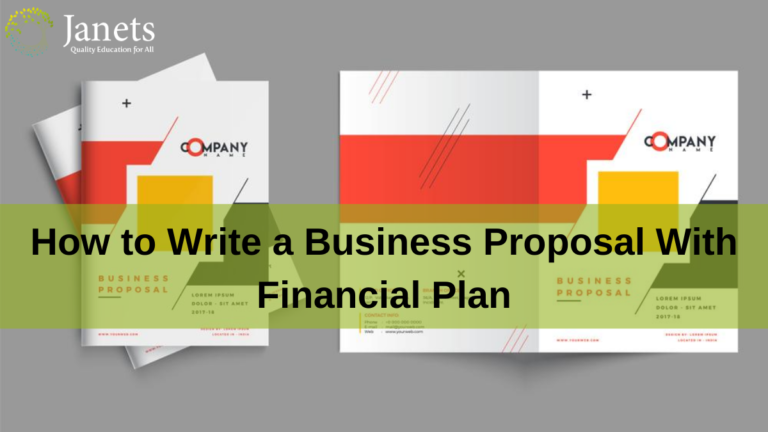Imagine, your dream client contacts you about an idea you pitched at a gathering and asks you to write a formal business proposal and submit it. As exhilarating as the experience is, your work has only just begun. Writing a business proposal for a project you have perfected over years is easy. However, if you have to do the same task on a shorter notice you might be in trouble.
Even if you understand that factors out of your control may ultimately lead to rejection, you should still want to submit a strong proposal. This blog is for you to learn how to write business proposals that are actually dressed to impress. We’ve also included the importance of financial reports and how to make them to accompany your business proposal.
What Is a Business Proposal?
The term business proposal is thrown around casually nowadays. Hence, it has developed a broader meaning that doesn’t match reality. Business novices and sometimes even veterans miss the point of whether a business proposal is what they should submit in their respective case.
Business proposals and other possibilities
Here we discuss other alternatives that although function as business proposal financial plan for some businesses such as, Estimates, Bids, and Quotes. We’ll get to Business Proposals next.
Estimates
An estimate contains trimmed segments of project cost, timelines, key services and deliverables. Because the business proposals also contain these sections, the confusion between the two is quite obvious. Think of it more as a prologue than a full blown proposal. Estimates come in handy when starting sub-projects with existing clients or when prospects contact you asking costs of doing business with you. An estimate ensures that you don’t overshare information that is simply not relevant for the client.
Quotes
Quotes are used to establish an exact billing sum. Usually used in the construction business, a quote is an exact figure that you charge for your services. Quotes are only valid for a limited period and ensure you’re protected
Bids
Bids are formal submissions answering a specific call for tender. Common in industries where the service is clearly designated i.e: construction. Bids are primarily submitted for government projects with strict time bound contracts.
Business Plans
Business plans are formal business documents that explain the business idea, financial objectives and priorities. They also describe specific strategies to achieve these objectives. Business Plans acts as a roadmap for business success in the case of new businesses trying to get funding from investors and banks. Usually that means looking at the core concept, financials and the business vision to determine whether your business can provide an adequate return.
Business Proposals
Business proposals are outright sales documents used to persuade new prospective investors or clients. Business Proposals contain all the information featured in Bids, Quotes and Estimates. Instead of featuring only the technicalities, business proposals increasingly showcase the value your services will provide for your prospective investor or client. Unlike businesses in infancy, business plans are constructed by existing businesses to persuade potential clients to use their services.
Two types of Business Proposals
Unsolicited Proposals:
Business proposals sent without prior dialogue are unsolicited proposals. They usually require more work to feature your business just on paper. Unsolicited proposal work in the case of general calls for proposals.
Solicited Proposals:
Solicited proposals on the other hand, are the one you send to a prospect who has already shown interest in your idea. In such a case your approach at creating a business proposal should be evidently different catering to the needs of the client specifically instead of only establishing generalised claims.
Why a quality Business Proposal matters
The benefits of a well crafted proposal other than of course bringing in more profit is firstly, they prevent you from overworking or underestimating tasks.
This is possible if your business proposal contains scope of work, timelines, costs and exclusions. Secondly, well-thought-out proposals show foresight and distinction. Even if your proposal is rejected a well-designed and executed proposal may get you into the good books for future interactions.
Part 1: Preparation Before Writing Your Proposal
This step summarises what information you need to have on hand before you can even start thinking about writing. It also contains basic concepts that need to be cleared while selecting what information must be on your proposal.
Collect all applicable information
When asked to write a business proposal, resist the urge of sending in the earliest draft you can type out. Instead, spend necessary time to collect information that will help you understand the project and your clients wants. Doing this enables you to craft a proposal with improved chances of it being accepted. We have tried to cover the information that must be featured in your proposal on the following infographic. However, your list may very well contain more or less than what we cover.

Part 2: Writing Your Business Proposal
If you have already ticked all the boxes on the infographic, the next phase is writing your proposal out. On that note, it’s always nice to have a guideline when writing large documents. If you think you have the project thought through, you know what the client wants and how you are going to achieve it, you should plan out your proposal just like you planned your beloved project. Create an outline that covers all the important headers so that you can categorise the information efficiently when filling the rest in.
Follow a business proposal outline
Here is what we found to be a proposal outline that fulfils all requirements. Your work would be to shape your project narrative in this formation according to your needs. We recommend you to use proposal templates which are freely customisable available on the internet. This lays off some of the extra work such as formatting (font, colour scheme) and layout. Here is the outline,
1. Title Page
Should contain your name, the company’s name,, the client name, the client job title and date of submission
2. Table of Contents
Include a table of content with proposals that are larger than 2-3 pages.
3. The Perfect Introductory Statement
To make the perfect introductory impression start by being thankful for the opportunity and your interest in the project. Make sure it reflects zeal and enthusiasm.
4. Executive Summary
Summarize the critical aspects such as what value you plan to provide, your reasons for sending the proposal and why you’re the best choice.
5. Project Overview
Create rapport by focusing on your prospects pain points. This eases the sale of your Value that is featured next.
6. Value
Detail the benefits, monetary gain or cost savings and be specific to keep your client interested.
7. Scope of Work
Here you put in your proposed solution in detail. Include the services, timelines and project deliverables and areas of client input.
8. Social Proof
Testimonials and case studies from satisfied clients are your social proof of value. Use them to boost your credibility.
9. Detailed Caveats
Clearly state your terms and conditions to manage your client expectations from the start and protect you from doing work without any gains. Be careful though, too many caveats may chase clients away as they may perceive you as being difficult to work with.
10. Project Investment
Demonstrate the value so prospects don’t focus on cost. But do not in any way undermine the total investment needed. Include fee summary for shorter projects and a payment schedule for longer ones that lists milestone payments.
11. Success Metrics
Detail your success metrics and explain why you choose them for the project. Detail the specific outcomes that indicate project success.
12. Details of Next Steps
Provide your clients with information on how to reach out to you. They also need to know what the next steps are if they accept.
13. Appendix
Usually include graphs and case studies or, clarification of critical terms. Not mandatory though is appreciated.
14. Professional Look
Make sure the proposal carries branding, and your logo in the header and the title page. Break text up, so it’s scannable. Visual elements like charts, images and figures bring that essential vibe of professionalism.
We’ve put in an infographic describing writing tips that will persuade your prospects to attention with just your proposal. Check it out below,

Part 3: Packaging
Review your business proposal for accuracy and professionalism. Better yet: Have somebody else read through it with cold eyes.
Before You Hit Send
Read the document once to check for flow and readability. Double-Check all of your numbers for accuracy and avoid understating anything. For solicited proposals, ensure that you’ve included everything your client specified. Proofread for consistency in grammar, punctuation, formatting, type and font size. Exchange complex words for simpler alternatives. Avoid or explain industry jargon. Review proposal length. Research by Bidsketch shows that proposals fewer than five pages are 31% more likely to bring in the catch. Try to avoid too many passive sentences or sentences larger than 18 words. Lastly, check the tone and carefully consider if there are gaps or miscommunications.
Sending Your Business Proposal and Beyond
If your project matters to you, you know this is where your work really begins. Follow up with your prospect. Create a timeframe for yourself and tally the responses. If you are there every time they ask for an explanation, it translates into vigour. During this crucial stage, give your prospect plenty of reasons to trust you and believe in your project.
For solicited Business Proposals give your prospect a mail for refreshing their memory on the time-sensitivity of your offer and you’re happy to come in if they need you. In case of unsolicited proposals, allow your prospects proper time to consider before you knock. Put all of this together with accuracy and an authentic spin, and you have a business proposal that closes the deal.
Developing a Financial Plan
In many cases we found business proposal writing also involves developing a financial plan and so we’ve added a bonus section so you have the rundown when you approach financial planning to include with your business proposal.
1. Profit and loss statement
Also known as income statement, pro forma income statement, P&L— and essentially describes how your business will make a profit over a certain period of time. It contains table containing all your sources and expenditures Typically a profit and loss statement should include:
- Revenue
- Cost of goods sold
- Gross margin = Revenue - Cost of goods sold
- Operating income = Gross Margin – Operating Expenses
2. Cash flow statement
A cash flow statement explains how much cash your business earned, how much cash was spent out, and what is the cash balance.
3. Balance sheet
Your business’s financial position—at a particular moment in time is your balance sheet. They include information such as,
Liabilities: Credit card balances, loan repayments, etc.
Equity: Shares, retained earnings, stock proceeds, and owners equity.
Assets = Liabilities + Equity
4. Sales forecast
This part will contain your projections, or forecast, of what you think you will sell in a given period. Your sales forecast is an incredibly important part of your business plan, especially when lenders or investors are involved, and should be an ongoing part of your business planning process.
5. Business ratios and break-even analysis
Calculate your relevant business profitability ratios that reflect your businesses success rate in strict numericals.
Profitability ratios are:
- Gross margin
- Return on sales
- Return on assets
- Return on investment
- And you’d probably want some liquidity ratios, such as:
- Debt-to-equity
- Working capital
- Break-even analysis
It’s been a long read, and we’ve tried to make the topic as informative and interactive we possibly could. Remember though, each client and each project will need its own proposal and financial planning. There is no such thing as one-fits-all with this. So put in enough effort that it spills over the pages for your prospects.
Read more blogs
- Why Every Employee Needs Data Analytics Skills in 2024
- Making the Most Out of Team Communication in 2024
- 10 Growth Marketing Strategies for 2024
- Christmas Cooking Guide: 10 Tips for Healthy Diet
- The Ultimate Guide to Healthy Diet During Holidays
- How to Become a Teaching Assistant with no Experience in the UK
- 10 Game-Changing Microsoft Office Hacks That You Must Know
- The Future of Work: How to Stay Relevant in a Changing Job Market
- The Ultimate Guide to Become A Care Worker in the UK
- Boost Your Brand with Ghostwritten Content: The Smart Business Move
- Mastering the Art of the Education-First Resume: Essential Tips and Strategies
- From Classroom to Career: The Transformative Power of Education on Job Prospects
- How To Write A Military Resume: A Complete Guide
- 10 Essential Soft Skills In 2023 and How to Develop Them
- 15 of the Best Remote Working Jobs to Pursue in 2023





 LOGIN/Sign up
LOGIN/Sign up




